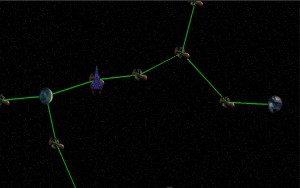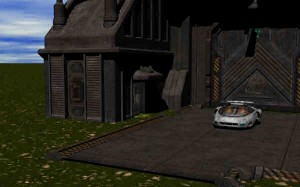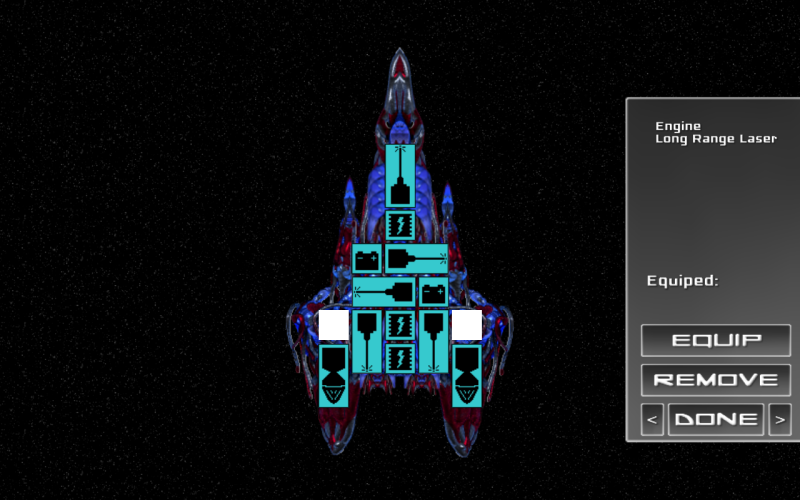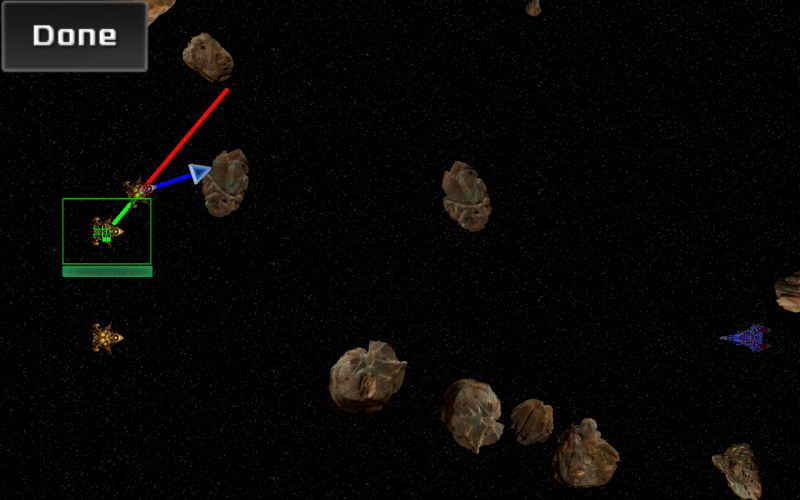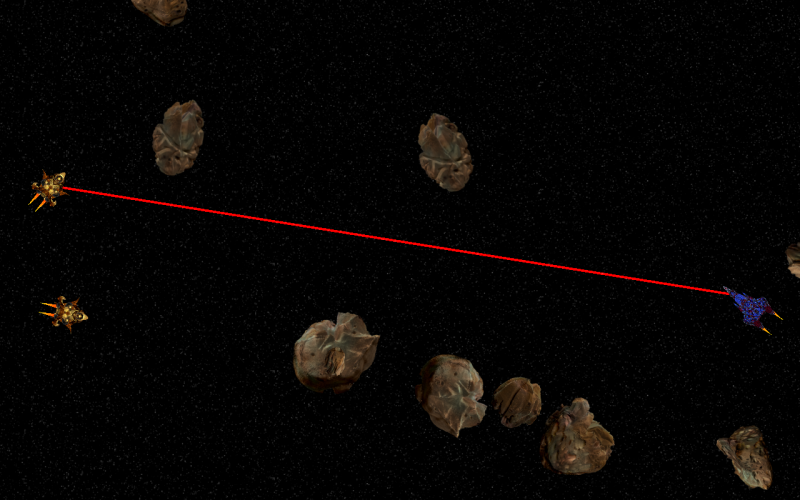How would you go about representing a conversation in a game? The most straightforward way is the conversation tree. You make a statement, someone else makes a response, or counter statement, and back and forth it goes. Each statement is a move in the game, each statement performs many different functions. This statement insults the person, and subtly implies a threat; that statement offers reassurance, and an offer of alliance. You can recognize the the different subtleties of the conversation, and all of the functions that each statement performs because of the context that the game narrative has provided, and your understanding of humans.
The problem, is that it’s very inexact, and you’re really constrained in what options you have. You can only walk the path that the designer has laid out for you. It doesn’t give any real flexibility for your approach. Further, it makes it really hard to make conversation a major method of conflict resolution in the game. With a combat system each NPC in the game can easily be preprogrammed with certain behaviors and the combat system will play out organically to make each encounter unique. But with scripted dialog trees each encounter has to be hand written to make sense. Imagine writing dialog trees for all of the guards in a secret underground base in Deus Ex, it would be ludicrous.
So, I began thinking, that perhaps you could represent the purpose of the statements, rather than the exact words that make the statement. After all, if you understand that you are making a threat, does it really matter the exact words you use? So I started investigating ways of representing a conversation made up of statement functions, rather than actual statements. Instead of picking a statement like “Let me through this door or I’ll call your supervisor and get you fired!” You would compose a functional statement that combined deception and threats.
Eventually, for this game, I settled on the idea that all conversations in the game are about convincing someone that you are somebody other than who you actually are. You’re trying to steal secret corporate records, so you pose as a corporate bigwig. So you dress the part and make your way through the building convincing everyone that you are indeed a corporate bigwig, and when they are convinced that you are someone they want to help, they let you through. This might mean that for one guard you have to be mean and aggressive, because if he doesn’t know you personally then he doesn’t want to help you unless he thinks getting in your way will get him in trouble. Another guard might be more willing to help people that are friendly and charming.
The conversational conflict game then, is about taking different statements and fitting them into the other person’s perception of you in such a way as to conform to their expectations of what the person you are trying to emulate would act like. That’s kind of the thinking that went into the game design of the conversation mini-game. Give it a try here, you’ll find instructions and hopefully have a good time. If you have any feedback, please leave it in the comments here, or on the game page.

